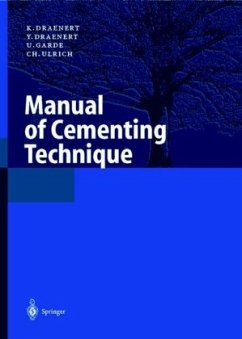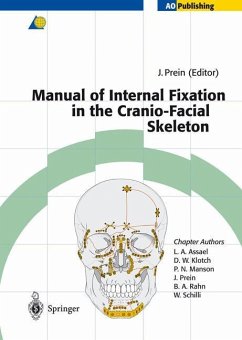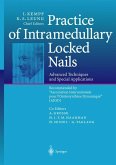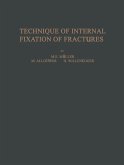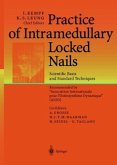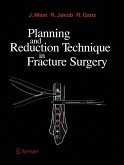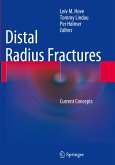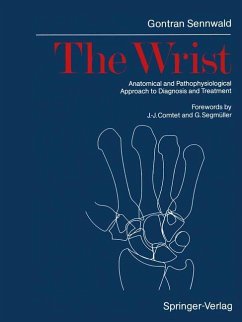This extensive and well-prepared manual is the work product of Klaus and Yvette Draenert, who are deeply interested in cemented total hip arthroplasty and in partic ular, intensely involved in related research for the past 25 years. Their damage analysis is aimed at cement fixation with the purpose to rule out any risk for the patient. They introduce the theme with a wide review of the literature on the successes and failures of the various types of total hip components. Because of the lack of standardization of the various parameters used in these studies, they do not recommend anyone spe cial type, and on the basis of this literature study they wonder why there is such a se arch for new types and (fixation) methods of total hip arthroplasties. Instead of these long-term follow-up studies, the authors plead to carry out syste matic histological research on retrieved human material as was firstly started and re T. /. /. H. Slooff commended by the late Sir John Charnley. Their investigations demonstrate that po lymethylmethacrylate behaves biologically as an inert material that can be integrated into the bone, without a fibrous membrane interface. This could also be assessed in their animal experiments when the appropriate biomechanical conditions are pro vided. To achieve a connective tissue free bone-cement junction it is important to pre vent deformation in the bone structures and micromotion between the bone-cement interface.
Bitte wählen Sie Ihr Anliegen aus.
Rechnungen
Retourenschein anfordern
Bestellstatus
Storno

